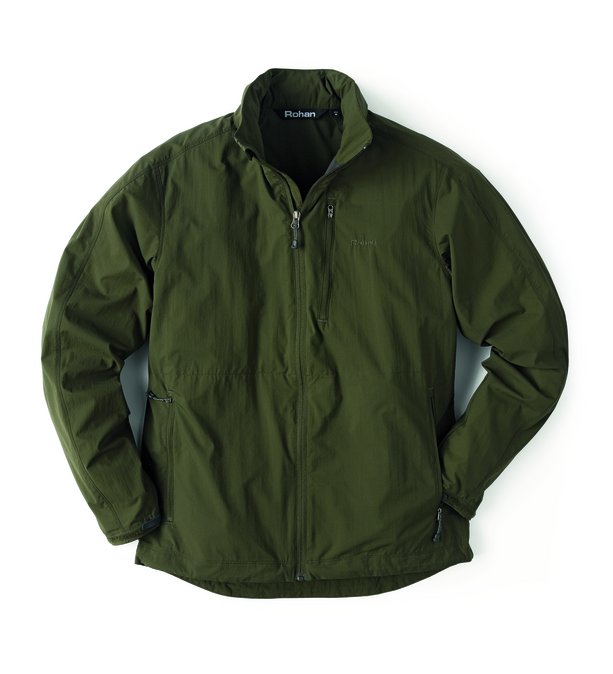There is a view in some quarters that a net is not needed. It's a macho thing and unfortunately such an attitude is bad for the fish, especially if the fish are to be returned.
Why use a net? Nearly the right question...
Why use a long handled net of good sized capacity? Now that is the right question!
 If your net has a long handle you can bring your fish over and into it much more quickly than without. This means your fish is not exhausted, will recover more quickly and have a better chance of surviving. In a fishery where wild fish are the quarry this is vital for the future. You can look on Warren's blog at some video of how this works in practice. From 04:09 to 05:04, less than a minute, from being hooked to being landed. This fish is far from exhausted and is beaten by the simple fact that the net is out there ready for it and eventually it is steered over and into it, despite its best efforts to be elsewhere.
If your net has a long handle you can bring your fish over and into it much more quickly than without. This means your fish is not exhausted, will recover more quickly and have a better chance of surviving. In a fishery where wild fish are the quarry this is vital for the future. You can look on Warren's blog at some video of how this works in practice. From 04:09 to 05:04, less than a minute, from being hooked to being landed. This fish is far from exhausted and is beaten by the simple fact that the net is out there ready for it and eventually it is steered over and into it, despite its best efforts to be elsewhere.Don't be embarrassed if you are carrying a net around that others deem is too large. That larger capacity will also come in mighty handy one day. Imagine being without it when you needed it! For years I only had one net. A large Efgeeco that served me for carp, chub, pike, seatrout, roach and oh yes, trout! There are better, pan style, knitted nets nowadays that give the fish a much better time of it. Take your inspiration from the modern coarse match anglers rather than the Victorian dry fly anglers when deciding on your net design.
What about afterwards? You've landed your fish and it is time to get the hook out. With the fish laying in the folds of the net on soft ground, if the hook is not accessible to your fingers you will need your forceps. The same ones you used for your other fishing will be fine, so that is something else you can save money on without sacrificing efficiency.
There is another item that you might consider using if you are practicing Catch and Release and if the location you are fishing has no soft vegetation to lay your net on during the unhooking. If you have done a bit of specimen hunting amongst the so called coarse fishes you will no doubt already have an unhooking mat. They are a bit awkward to carry about being bulky, but if all you have is stony ground to lay your fish on then why not give one a try?
Regular Rod










































